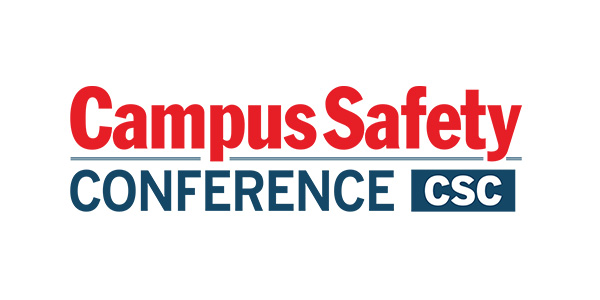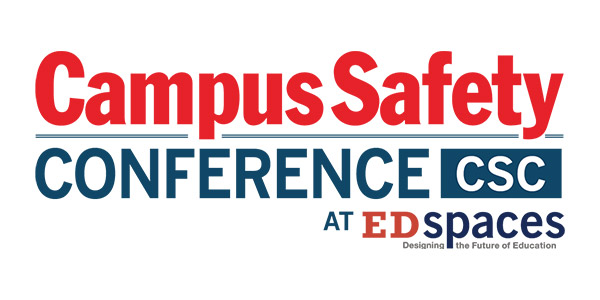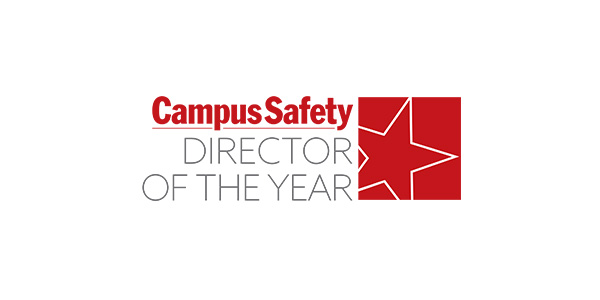4. Integration is a lot of talk, little action: Because so many of today’s security systems run on the campus network, it stands to reason that their functionalities should seamlessly integrate. Security should tie into HVAC and fire/life safety systems, and access control should work with debit and student databases, right? Well, not exactly. If there are budget or time constraints, integration is usually the first aspect of a project that gets cut. In other cases, the level of technical convergence just isn’t quite there yet.

According to Christopher Kieta, national business manager for Siemens Building Technologies, enterprise class security systems don’t normally handle a lot of cardholder turnover, unlike the databases at large universities, which can turn over every quarter or semester. Also, security systems don’t really understand debit functions. “You’ll see the security manufacturers adding a module or interface into a debit system, but they don’t really understand what it takes to manage the debit transactions,” he says.
The convergence of logical and physical access control, although promising, is also still in its infancy. “What a lot of schools are doing now are pilot programs, but they aren’t purchasing the full system,” says HID Global Director of Education Market Strategies Mark Doi.
5. Cohesive leadership from campus administrators ensures project success: It seems like Campus Safety is always preaching the benefits of top management buy-in for any law enforcement or security initiative. Video and access control installations are no exception, especially with regards to camera coverage, equipment life cycles and the decision to migrate to new technology or just upgrade a legacy system. Particulary in a tough economy, those institutions that have administrators who support a clear roadmap for their projects have a much better chance for success than those campuses that are unorganized or experiencing turf battles.
According to Kieta, “It requires an investment, and the campus needs to see the value in that,” he says. “Spending a little money for an assessment and recommendations prior to any kind of deployment is a much more widespread trend. You see people thinking in two- and three-year plans.”
Video Technology UpdateAnalog Cameras: Most cameras installed are still analog because they are less expensive than IP cameras. Because most legacy video systems are analog, they are easier to upgrade with analog products. (IP video systems, however, are usually appropriate for new construction.) Domes are also becoming the norm, according to Robert Grossman, president of R. Grossman and Associates. “It’s a win for everyone because the greater the volumes get on these cameras, the lower the prices get.” Another benefit of domes? The untrained eye can’t tell where the camera is pointing. Megapixel Cameras: Although campuses want these high definition IP cameras that provide a much wider field of view, because of their more expensive price tag, the recession is forcing schools, universities and hospitals to postpone their installation until the economy improves. Analytics: This software, which is either centralized or in an edge device, such as a camera, analyzes behavior and flags events requiring further scrutiny. This filtering acts as a force multiplier because it frees officers from the tedious task of constantly monitoring video. Analytics can also increase the frame rate of video during an event. Applications include car counting, people counting, license plate recognition and more. The more common types of analytics, such as motion detection, now come standard in cameras, DVRs and other devices. To be deployed properly, the software must understand how a space is used and the rules applicable to that space. Streaming Video: Campus officials are very interested in having video from their fixed cameras be transmitted in real-time to officer laptops, PDAs and other mobile devices to improve situational awareness during an incident. Streaming video can be adopted if a campus has the wireless infrastructure in place. It is currently used more on the municipal level as well as for campus monitoring of remote sites. When being streamed, video does have some latency issues, but the quality is often is good enough for officers to make an assessment of the situation. It still requires smart bandwidth management. Network Vi |







